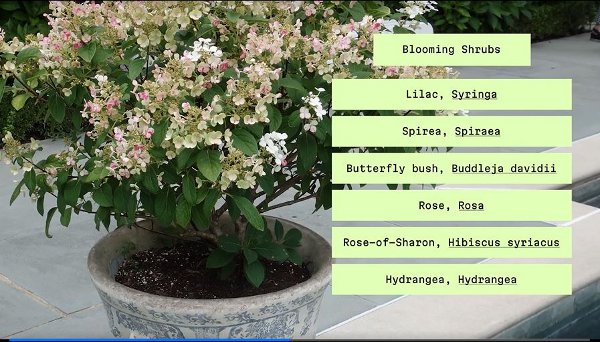
and about. A visit to a local farm stand brought me to a stop when I saw hypertufa pots and succulents.
.
All content included on this site such as text, graphics and images is protected by U.S and international copyright law.
The compilation of all content on this site is the exclusive property of the site copyright holder.
Container Gardening, an NYBG Plant Studio Course
Week Two: ends on 17 April at midnight
These Plant Studio courses are something new. Since they are online, students near and far can participate without driving into the city. In fact, one of the students in the Container Gardening course I am auditing lives in Minnesota! Because the lectures remain online for the duration of the course students can watch and re-watch the videos anytime during the duration of the course. I do think it can be an interesting, very viable idea.
Container Gardening is intended to teach students how to design, plant, and care for a container garden that is both functional and full of four-season beauty, whether it is on their home patio, terrace, or deck, or in their apartment. The course will teach the basics of choosing and using materials like potting soil and plants, as well as easy maintenance skills needed to make container planting a thriving success.
The course is now on its second week. Interestingly, I find myself noticing containers when out

and about. A visit to a local farm stand brought me to a stop when I saw hypertufa pots and succulents.
Having discussed pots and potting mixes in the first week it is now time to learn about the plants we might put in the pots. Accordingly, Week Two has its focus on Great Plants for Containers - Overview
Part 2.1: Perennials. This was a little confusing as I think of perennials as referring to herbaceous plants. Renee Marsh, a continuing education instructor here at the New York Botanical Garden lumps woody plants in this category, briefly discussing small trees, shrubs, and conifers for containers. Choose for flowering, seasonal leaf color, or other than green foliage. Woodies might be grown as the single plant in a container, rather than in a community pot.

image courtesy New York Botanical Garden all rights reserved
Moving on to herbaceous foliage plants such as hostas, heuchera, and ferns. One mixup, as Japanese painted fern was somehow categorized with grasses such as hakone grass and variegated hakone grass.
If the container will remain outdoors over the winter, Renee suggests choosing plants two zones hardier than where you live. E.g. If living in a Tri-State region zone 7, look for plants that are hardy down to zone 5. Otherwise they will need to be wintered over under protected location.
Part 2.2: Annuals. Perhaps the most familiar container plants - especially in the summer! - are annuals, plants grown for a single season's interest. [Actually, many of these are semi-tropical to tropical perennials, and would live from year to year except they cannot survive winters in the Tri-State region.] Renee quickly mentions begonias, calibrachoa, coleus, canna, sweet potato, and Boston fern. Vegetables are also a possibility.
Part 2.3: Specialty Plants. Options and possibilities include winter hardy / spring flowering bulbs, tender summer blooming bulbs such as dahlias, a variety of herbs, hardy succulents like hen and chicks, tender succulents (Renee refers to them as "soft")such as jade plant, and more.
For water gardening, aka a pond in a pot, use a water tight container at least 6 inches deep.

image courtesy New York Botanical Garden all rights reserved
While not discussed I expect that it would not be good if the water freezes in winter.
Part 2.4: How to Repot a Plant
In the video Daryl takes the viewer through the six simple and easy steps of repotting a succulent from a plastic pot up to a slightly larger clay pot. Important caveat - do not water the succulent for two weeks after repotting while their root system adjusts to the new pot and fresh soil. Also, keep from full sun for a few days after repotting.

image courtesy New York Botanical Garden all rights reserved
Second example, Daryl transplants a spider plant in a small pot into a larger pot. The difference? Spider plants grow more rapidly than does a succulent and require a more generous root run.
But oddly enough in neither example was anything - crocking, a scrap of landscape fabric, etc - placed over the pot's drainage hole to keep potting mix from falling out over time.
Something that is a big plus with these Plant Studio classes is the ability to return again and again to each module, as they become available. Cannot do this with in-person classes!
See Container Gardening, introduction and week one
and also
Container Gardening, week three
There is a Reading and Resources list with links to the New York Botanical Garden's
LuEsther T. Mertz Library Guide. Several appropriate publications may be read online.
Gratis registration for this Plant Studio course has been provided by the New York Botanical Garden
Back to Top
Back to April
Back to the main Diary Page